Recently, Israeli Defense Minister Yoav Gallant outlined plans for a new phase of the conflict in the Gaza Strip, while the US affirmed that it will continue to support Israel.
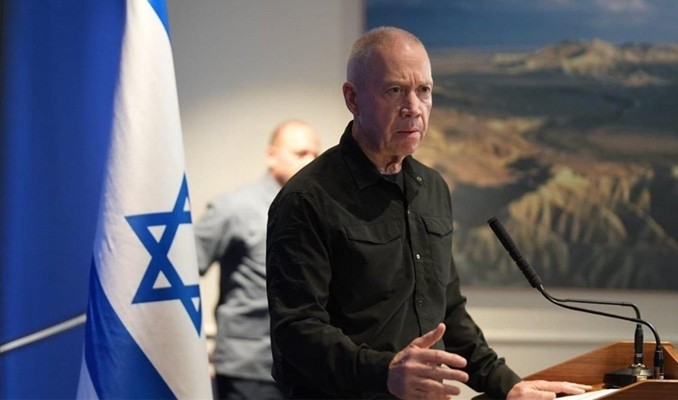 |
| Israeli Defense Minister Yoav Gallant first revealed the surprise plan. (Source: DPA) |
Controversial plan
Under the plan, the Gaza Strip would be run by a Palestinian institution, while the Israel Defense Forces (IDF) would retain full military control of the border and reserve freedom of action but without a civilian presence.
The plan marks the first time a senior Israeli official has outlined detailed plans for the Gaza Strip after the conflict.
“Gaza residents are Palestinians, so Palestinian authorities will be responsible, provided there are no hostile acts or threats against Israel,” Gallant said.
Mr Gallant's plan has faced opposition from hardline ministers, while Prime Minister Benjamin Netanyahu has appeared to share his view of the country's full security control and freedom of action.
Finance Minister Bezalel Smotrich, who has floated the idea of encouraging Palestinians in the Gaza Strip to voluntarily emigrate to give the area to Israeli settlers, said: “The solution for Gaza requires out-of-the-box thinking and a changed mindset.”
The role of the United States
In a related development, on January 5, US National Security Council spokesman John Kirby stated that the country "has not seen anything that could convince Washington to take a different approach in helping Israel", implying that President Joe Biden's administration will continue to support this country.
| "There are clearly difficult issues facing the region and difficult choices ahead," said US State Department spokesman Matthew Miller about Secretary of State Antony Blinken's upcoming tour of the Middle East. |
However, Mr. Kirby admitted that the number of civilian casualties in Gaza was too high and the US would continue to cooperate with Israel to find ways to reduce this number.
The statement came as US Secretary of State Antony Blinken prepares to travel across the Middle East in a week aimed at promoting solutions to the conflict in the Gaza Strip and reducing tensions in the region.
This is Mr. Blinken's fourth trip to the region since the conflict between the Hamas Islamist movement and Israel broke out on October 7.
According to the announcement, the head of the US State Department will visit both Israel and the West Bank - where the Palestinian Authority is headquartered.
In addition, Mr. Blinken will visit five Arab countries including Egypt, Jordan, Qatar, Saudi Arabia and the United Arab Emirates (UAE) as well as Türkiye and Greece.
Mr. Blinken's trip comes amid growing concerns that the three-month conflict in Gaza has spread beyond the enclave to the West Bank, the Israel-Lebanon border and the Red Sea shipping lanes.
US State Department spokesman Matthew Miller said that during this trip, Mr. Blinken will propose specific steps that parties in the region can take to prevent the conflict from spreading, and discuss immediate measures to increase humanitarian aid to Gaza and release hostages held by Hamas.
“We don’t expect every discussion on the trip to be easy,” Mr. Miller said. “There are clearly difficult issues facing the region and difficult choices ahead.”
Source
































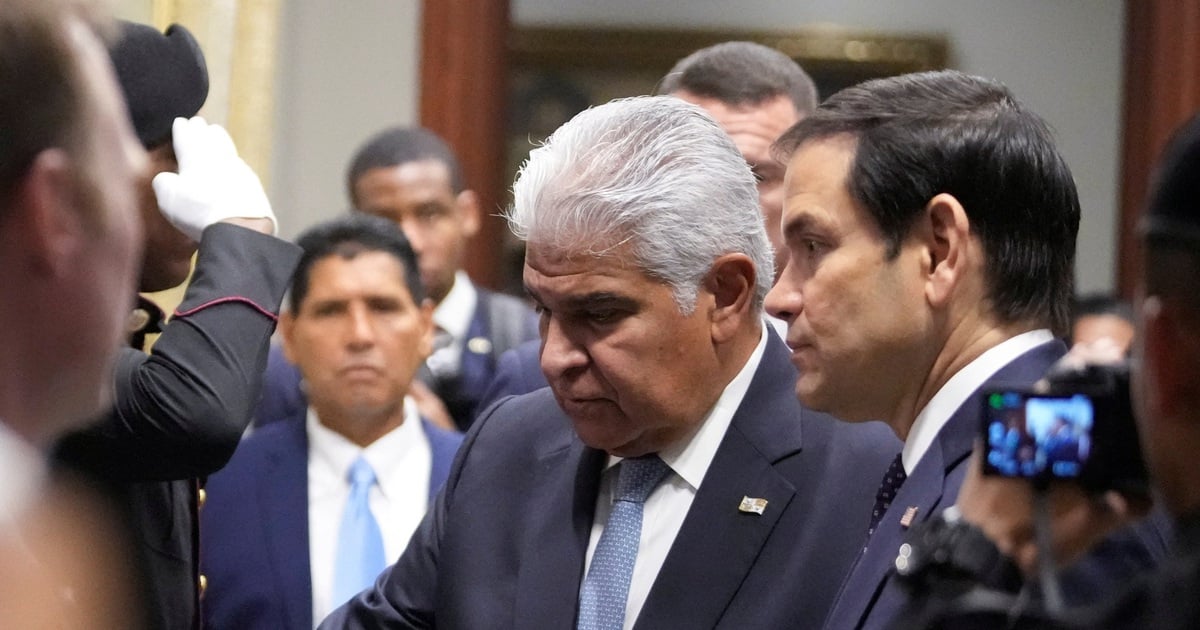




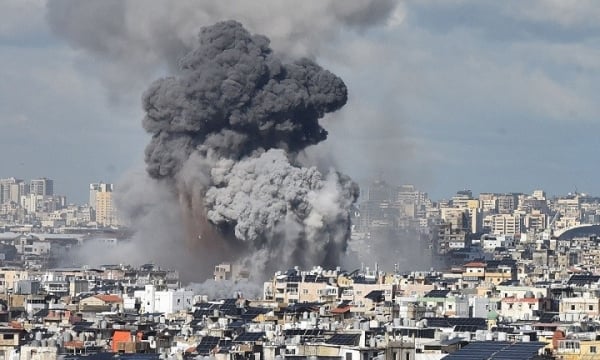
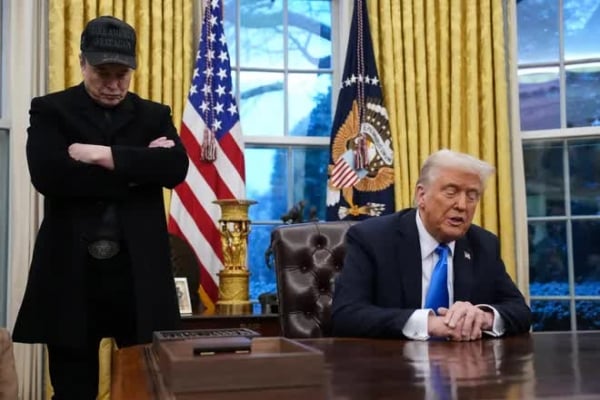
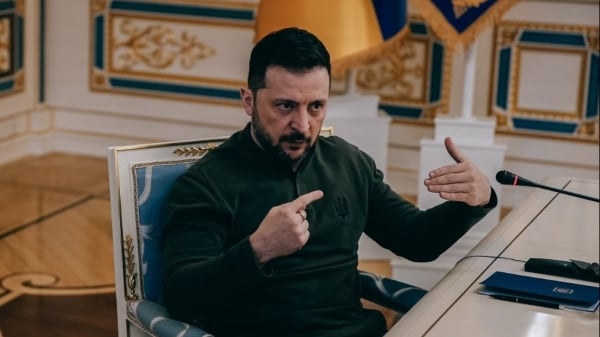
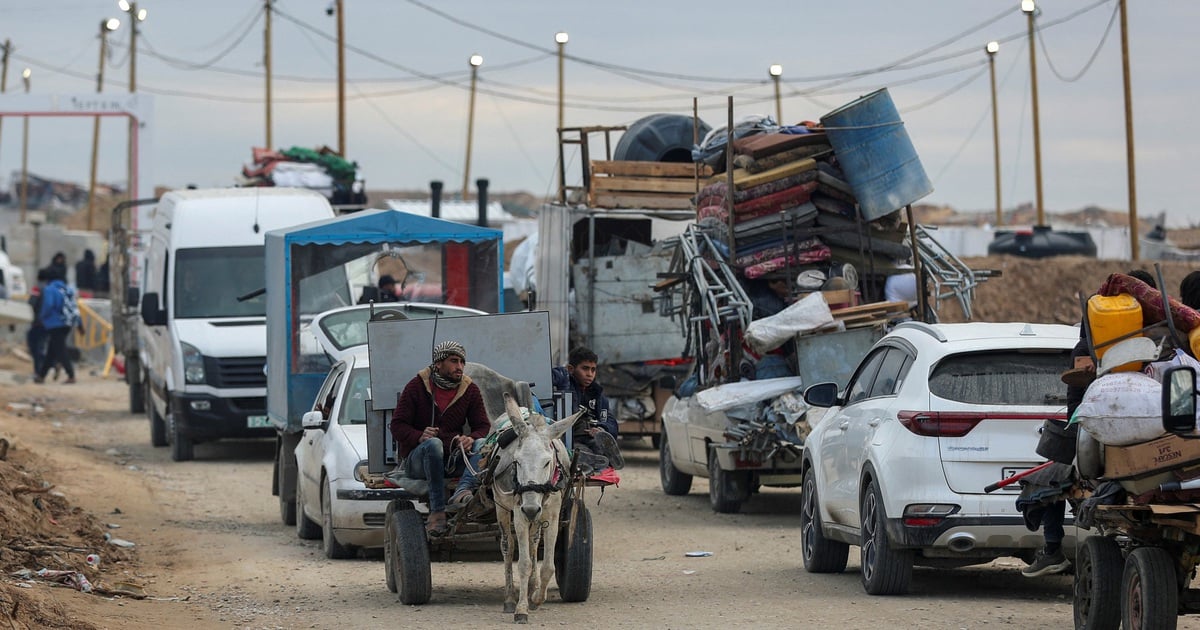
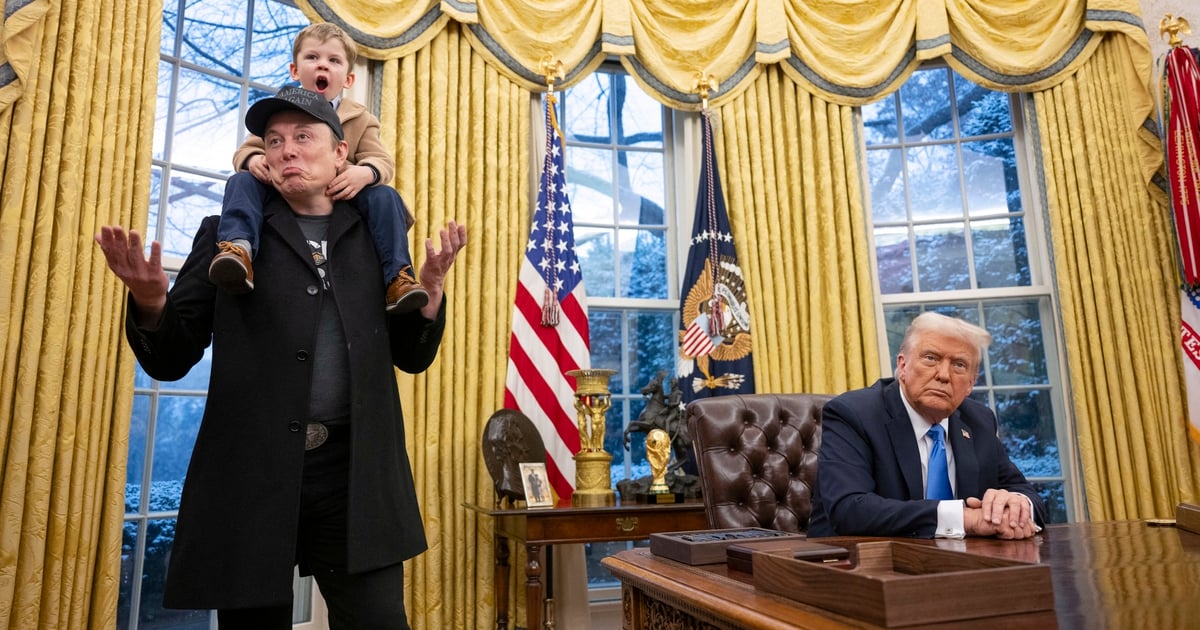

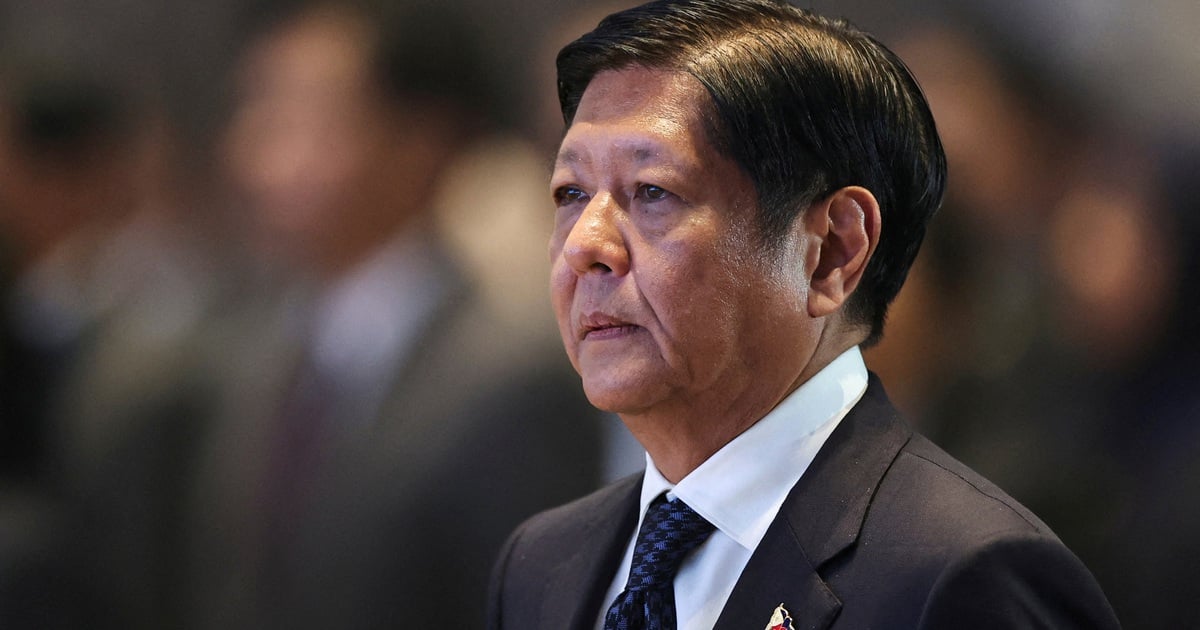
















Comment (0)